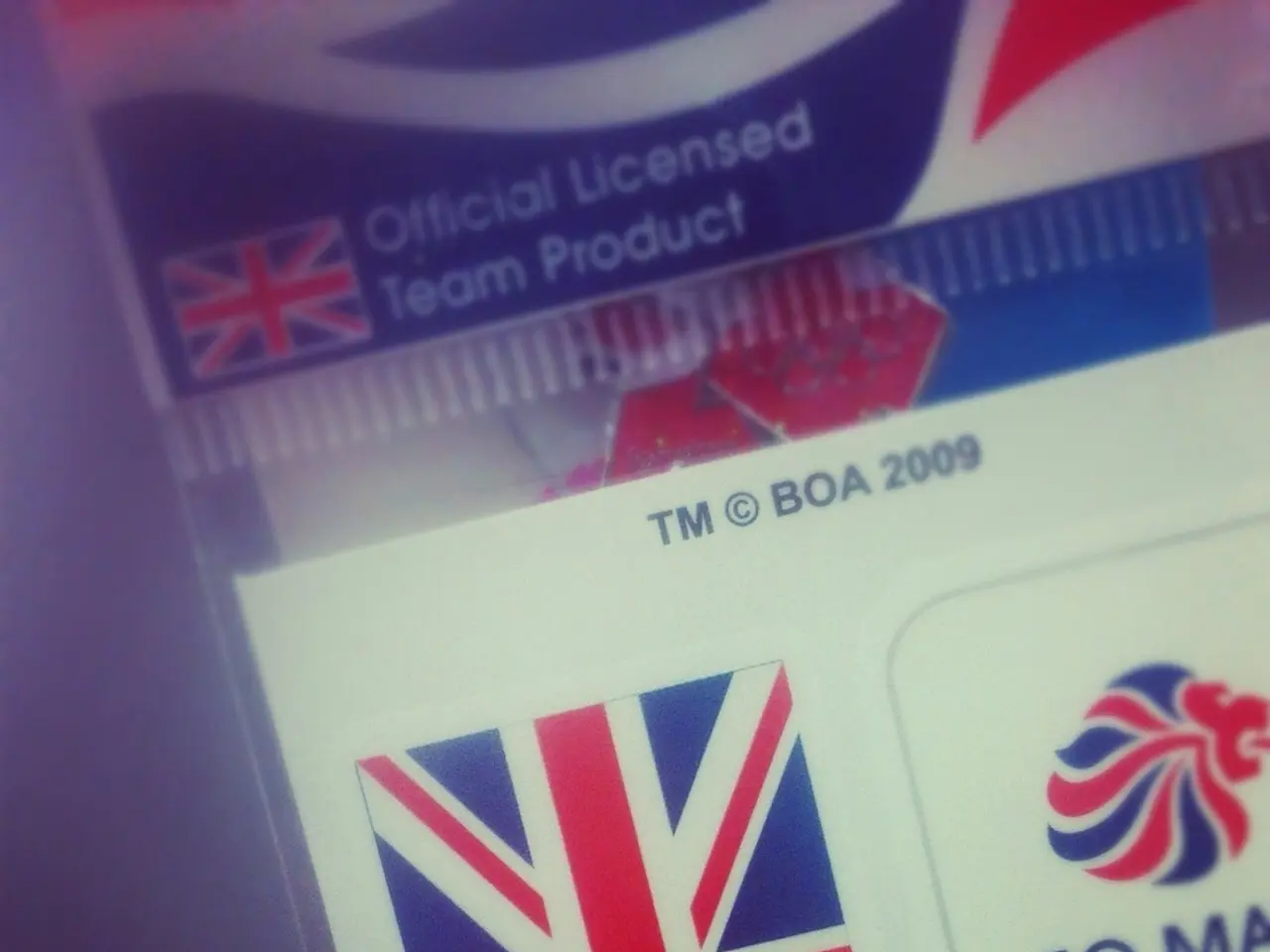Uncovering the Final Masters of Wealth: A Look into the Ultimate Beneficial Owners
In the global fight against money laundering and financial crime, the identification and verification of Ultimate Beneficial Owners (UBOs) has become a critical aspect for businesses. This article explores the key differences in UBO regulations across two major regions: the European Union (EU) and the United States.
European Union (EU)
The EU's Anti-Money Laundering Directives (AMLD4, AMLD5, AMLD6) mandate strict and transparent identification, verification, and registration of UBOs in centralized national registries. From 2025, the EU has intensified these requirements with mandatory electronic customer due diligence (eKYC), digital onboarding, and continuous monitoring based on a risk-based approach. Businesses must verify the identity of UBOs, including their source of funds, and regularly update the registers. The scope includes all obliged entities under AML regulations, such as financial institutions, real estate, legal entities, and trusts.
Enforcement consequences are strict, with directors and compliance officers potentially facing prison for non-compliance in some jurisdictions. The EU also emphasizes the closure of gaps in beneficial ownership transparency and the integration of registers with international AML tools.
United States
The US has adopted the Corporate Transparency Act (CTA) implemented by FinCEN, requiring reporting of UBOs to a confidential federal database. However, this database is not publicly accessible, reflecting different transparency priorities. Identification focuses on beneficial owners of reporting companies, including individuals owning 25% or more or having significant control; reports must be filed upon formation and updated continually.
Verification procedures rely heavily on documented identity verification and information sourced from company representatives, with an increasing use of technology but less centralized electronic registers than the EU. Enforcement includes civil and criminal penalties, but reporting burdens and public access to data are more limited compared to the EU. AML compliance in the US integrates with existing financial institutions' KYC/EDD procedures and broader FinCEN supervisory frameworks but lacks a uniform EU-style beneficial ownership register accessible to non-authorities.
Comparison Table
| Aspect | EU (AMLD4+ Updates) | US (Corporate Transparency Act / FinCEN) | |-----------------------------|---------------------------------------------------|---------------------------------------------------| | UBO Registry | Centralized, public or accessible national registers | Confidential federal database, limited public access | | Identification Criteria | Often >25% ownership or control; includes source of funds | >25% ownership or significant control | | Verification Methods | Mandatory eKYC, digital onboarding, continuous updates | Document review, technology-enabled but no mandatory eKYC | | Reporting Deadlines | Within 30 days of registration/changes | Upon company formation, updated continuously | | Scope of Entities | Wide (financial, legal, real estate, trusts) | Reporting companies as defined by CTA | | Enforcement | Prison for non-compliance in some EU states, administrative fines | Civil and criminal penalties, administrative fines | | Transparency Level | High, integrated with international AML systems | More restricted to government use |
Additional jurisdictions, such as Serbia and CIS countries, are aligning or updating their UBO compliance frameworks to match or partially follow EU AML standards, with stricter documentation and registration requirements coming into effect around late 2025, emphasizing timely updates and electronic submissions.
In essence, the EU emphasizes broad transparency, digital verification, and public or semi-public access to beneficial ownership data, while the US emphasizes confidential reporting to government authorities with a focus on preventing abuse but less public visibility on ownership data. Practical cross-border compliance for companies requires managing these differences carefully.
To ensure compliance, companies must establish a Customer Due Diligence (CDD) procedure for UBOs, continuously monitor UBOs for changes in profile, sanctions, high-risk transactions, or personal information changes, and implement AML screening to check UBOs against sanction lists, PEP lists, and adverse media. Solutions like Sumsum offer a comprehensive solution that covers all KYB needs, including corporate registry checks, ownership structure checks, AML screening, corporate documents verification, UBO verification, and more.
- The European Union (EU) and the United States have different approaches in dealing with the identification and verification of Ultimate Beneficial Owners (UBOs), a crucial aspect in the global fight against money laundering and financial crime.
- In the EU, the Anti-Money Laundering Directives (AMLD4, AMLD5, AMLD6) require businesses to maintain centralized, public or accessible national registries of UBOs, while the US requires reporting of UBOs to a confidential federal database with limited public access.
- Enforcement in the EU is stricter, with directors and compliance officers potentially facing prison for non-compliance in some jurisdictions, whereas in the US, the reporting burdens and public access to data are more limited compared to the EU.




